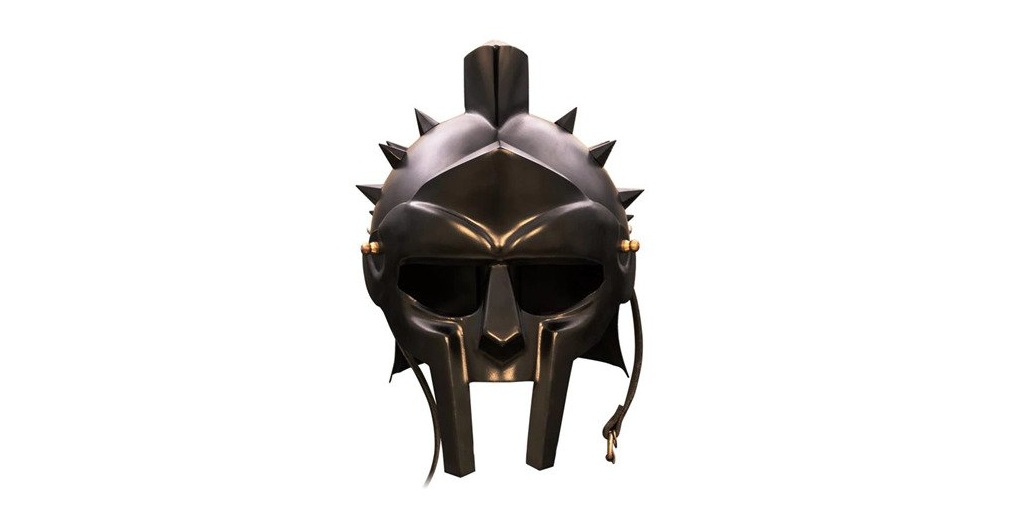There are two main reasons that the Stahlhelm was considered such a revolutionary design and has been considered by some historians to be one of the most effective steel helmet designs of all time.
One reason is what it was designed to replace, and the other is how it was designed.
To understand these reasons, we need to understand a little bit more about history, and to do so, we need to go back to World War One.
Interesting fact: despite the fact that the Stahlhelm, in general, is seen as a WW2 German helmet, it was actually developed in 1916 and was in service long before the Second World War.
At the outbreak of WWI, the soldiers of main combatant nations were poorly equipped to face the onslaught of modern warfare. It is possible that some soldiers were entirely without helmets.
Others wore helmets that were hardly more protective, in the form of leather molded models. The Germans call theirs a Pickelhaube.
You probably recognize the design even if you don’t know it by name. The Pickelhaube was a boiled leather helmet with a spike at the top. It is iconic of the Prussian military and even more iconic of the Imperial German Military.
However, intimidating though it looked, and as effective as it was in weaponizing propaganda that dehumanized the Imperial Germans, it was particularly ineffective against modern ballistics.
Case in point: A massive number of casualties and fatalities along the western front in WWI were attributable to head wounds. Boiled leather helmets were just not cutting it in the face of a constant rain of shrapnel.
The Germans were quick to take the hint and soon had decided that enough was enough. By 1916, they had designed and developed a new steel helmet to replace the Pickelhaube. This helmet was known, as could be expected, as the M1916 Stahlhelm.
That is the first reason that the Stahlhelm was such an effective piece of military equipment. It was a steel helmet that replaced a categorically inferior leather predecessor. Apparently, after the Stahlhelm was developed and issues, the incidence of fatal head wounds along the western front dropped precipitously.
But there’s more. It’s worth noting that the English and French were also quick to adapt to steel helmets, the English with their Tommy helmet and the French with the Adrian. Those helmets were serviceable, but there are a few attributes of the Stahlhelm that many experts believe have made its design superior.
The original M1916 had a long, wide visor at the front, deep protection at the temple and sides of the helmet, and a skirt at the back that swept down the nape of the neck.
Even in its earliest model, the Stahlhelm provided excellent protection to the eyes and forehead of German troops and the base of the skull and neck. It provided what some ballistics specialists consider to be excellent protection of the temporal and occipital lobes of the brain.
Later iterations like the M40 and M35 helmets, shortened the visor of the helmet and the skirt at the back of the helmet shell, making it more comfortable to fire a rifle from the prone position, further improving the ergonomics of the helmet. But one thing remained: the Stahlhelm WWII German helmet remained an excellent steel helmet that provided unprecedented protection to the face, head, neck, and brain.
It is still considered one of the best helmet designs of all time, now over 100 years since it was first designed and developed.
So where can you get one of these WW2 German helmets for your collection? From SARCO, Inc., online or in their shop. They carry a wide range of military collectibles, both original pieces and high-quality reproductions of combat helmets from World War II such as German helmets finished in authentic Feldgrau, or field grey.
Take a look through what they offer online at SarcoInc.com and get in touch with them at 610-250-3960 if you have any questions. You can also visit them in their shop at 50 Hilton Street in Easton, Pennsylvania.
For more information about Springfield Parts and Gun Parts Kits Please Visit : Sarco, Inc.
Hi, I am Adam Smith, Admin Of TechSketcher, Creative blogger and Digital Marketer.
